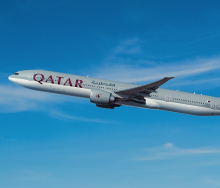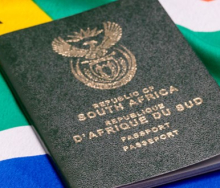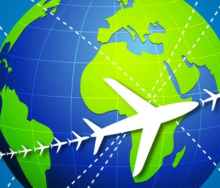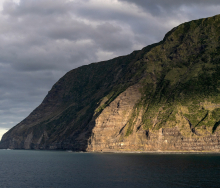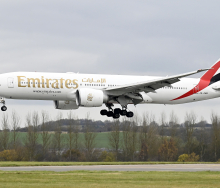The dark tourism market is expected to be valued at US$31,89bn (R595,7bn) in 2024 and US$40,82bn (R762,5bn) by 2034, Future Market Insights revealed in its Dark Tourism Market Outlook.
According to the report, the increasing popularity of dark tourism is a result of more documentaries, movies and television shows depicting romanticised versions of certain destinations. Travellers are pursuing dark tourism to learn more about less-known history and socio-political issues. Due to increased attention to these cities, towns or regions, industry operators are now focusing on managing visitor safety and ensuring respectful behaviour at sensitive locations, to prevent exploitation and disrespect.
Dark tourism destinations include areas with histories of tragedy, disaster or macabre events. Travellers usually enjoy visiting these sites out of curiosity, a desire for knowledge and to pay respect to the past.
"The inherent human curiosity about death, suffering and the darker aspects of history fuels the demand for dark tourism," says the Future Market Insights report.
However, dark tourism destinations are now facing challenges, regarding how to create awareness about these uncomfortable histories without exploiting and commoditising their tragedies.
The report predicts that the increased use of immersive technology will address these issues.
India is a leading destination for dark tourism with historic and cultural landscapes such as Cellular Jail and Jallianwala Bagh. It predicts that India's dark tourism market will experience a compound annual growth rate (CAGR) of 5,1%. India will be followed by China and its dark tourism destinations such as the Nanjing Massacre Memorial and the Great Wall, with a CAGR of 4,7%. Singapore has, among others, the Haw Par Villa, vividly depicting various punishments for crimes in the ‘Ten Courts of Hell’ exhibit. Singapore expects dark tourism growth of 3,8%.
Holocaust tourism will have a share of 28,6% of the 2024 global revenue generated by dark tourism.


